The name Pangasinan means "land of salt" or "place of salt-making"; it is derived from the words Pang, meaning for and asin, meaning "salt”, or For Salt in the Pangasinan languageand other related languages. The province is a major producer of salt in the Philippines.source:
ANDA which is a 3rd Class Municipality in Western Pangasinan is no exemption. As a matter of fact, it produces a lot of salt that many bagoong makers in the central part of the province import salt from Anda.The salt fields in the island Municipality of located in Sablig,Macaleeng and Tondol.
During our last visit to Tondol, I made it a point to drop by the SALT FIELDS (asinan) on our way to the beach.You will not miss it as it is located along the road when you take the Poblacion-Tondol route which is the only concrete road leading to Tondol which is famous for its white sand.
The Process of Making Salt From Sea Water
To make salt from sea water, you must first collect some sea water in a pond, lake or other dedicated reservoir. This protects the water from the ocean's tides. The reservoir can be a natural creation, such as a pond or lake. But the best reservoirs have bottoms that prevent the sea water from leaching into the soil.
Next, expose your sea water to the sun. You will be using solar evaporation to make your salt. Natural sea water is approximately 3 percent salt. You will allow the water to evaporate until your water is approximately 5 percent salt. Now it is called brine, a concentrated blend of water and different dissolved salts, including calcium sulphate (lime), calcium carbonate, magnesium, potassium, bromine and other sodium compounds.
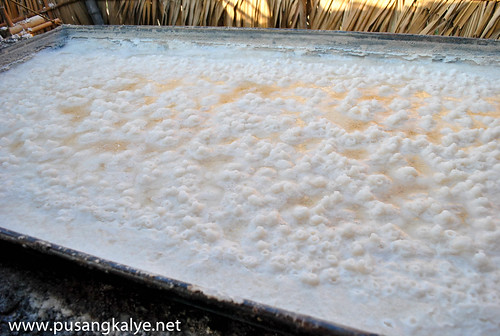
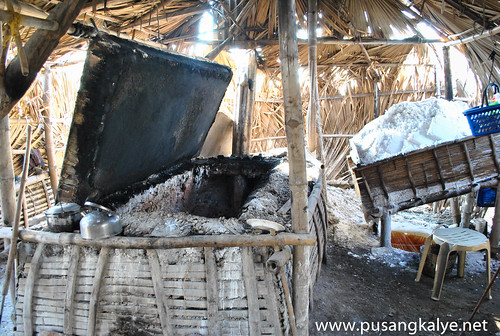
ANDA which is a 3rd Class Municipality in Western Pangasinan is no exemption. As a matter of fact, it produces a lot of salt that many bagoong makers in the central part of the province import salt from Anda.The salt fields in the island Municipality of located in Sablig,Macaleeng and Tondol.
During our last visit to Tondol, I made it a point to drop by the SALT FIELDS (asinan) on our way to the beach.You will not miss it as it is located along the road when you take the Poblacion-Tondol route which is the only concrete road leading to Tondol which is famous for its white sand.
You might wanna check my previous entry on TONDOL BEACH here : http://www.pusangkalye.net/2012/05/tondol-beach-anda-pangasinan-boracay-of.html
I have no statistics on how much salt is produced in this relatively small field but there are many make-shift huts where salt makers do their thing.We talked to one of the tenants and got the chance to see how they cook the water from the sea to finally extract the salt in it...........
The Process of Making Salt From Sea Water
To make salt from sea water, you must first collect some sea water in a pond, lake or other dedicated reservoir. This protects the water from the ocean's tides. The reservoir can be a natural creation, such as a pond or lake. But the best reservoirs have bottoms that prevent the sea water from leaching into the soil.
Next, expose your sea water to the sun. You will be using solar evaporation to make your salt. Natural sea water is approximately 3 percent salt. You will allow the water to evaporate until your water is approximately 5 percent salt. Now it is called brine, a concentrated blend of water and different dissolved salts, including calcium sulphate (lime), calcium carbonate, magnesium, potassium, bromine and other sodium compounds.
Next, you will drain the brine though a series of evaporation ponds or basins to siphon off the calcium sulphate (lime). Some saltmakers know it's time to drain the brine when the water turns red. The red color comes from algae that turns color at high salt concentrations and pink-red "sea monkeys" that develop in the brine.
Now you drain the brine into harvesting or crystallization ponds or salting tables. This is where the sodium chloride--salt--finally crystallizes on the bottom of the ponds.
Once the salt crystallizes at the bottom of the reservoir, you must pump out the "bittern" or "mother liquor." The bittern is what's left of your salt water after you remove the salt. There are still valuable minerals in the bittern. For example, you can harvest Epsom salt (magnesium sulphate), a popular fertilizer, from the bittern.
Next you must harvest the salt. You can use mechanical harvesters or manual labor to scoop up the crystallized salt from the harvesting pond.

Finally, you wash the salt and package it for sale or personal use. You will wash the salt in concentrated brine to prevent the salt from dissolving. You then crush and strain it, or prepare it however you prefer, for packaging.
In the case of the salt field where we went to, the literally cook/boil the seawater on a giant pan until the seawater dries up and all that's left is salt.Then they are being scooped out of that pan manually.:)

Here in Tondol, the salts are usually packed in sacks to be exported to the mainland or other parts of the Philippines.There's no machine here so everything is done manually. The owner of this particular hut told us that they are just renting here and they divide the earnings between them and the Salt Fields owner.Turns out that the owner is the family of my former teacher in high school.Cool!
If you want to see how salt is being produced from sea water, I suggest you drop by a salt mine.There sure is one near you.Try dropping by the SALT FIELDS (asinan) in Tondol Anda Pangasinan when you get the chance.
______________________
______________________
Know more about ANDA PANGASINAN here:
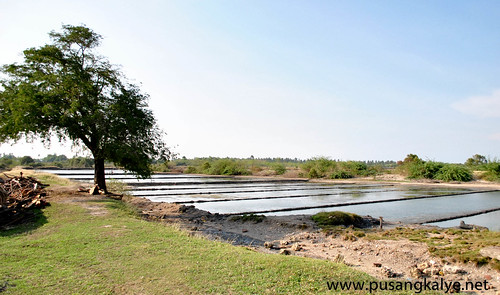
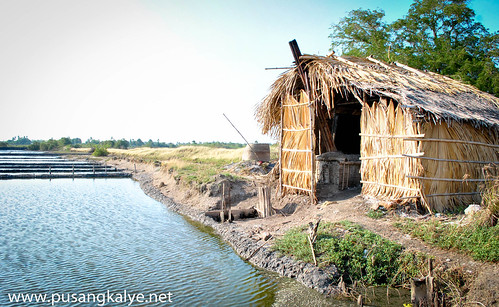
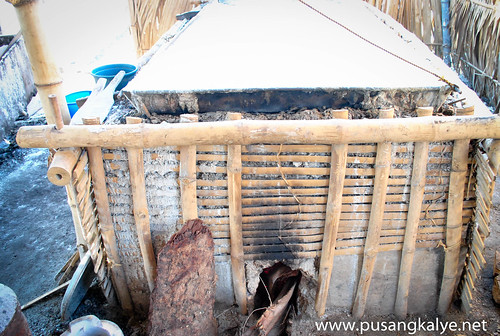
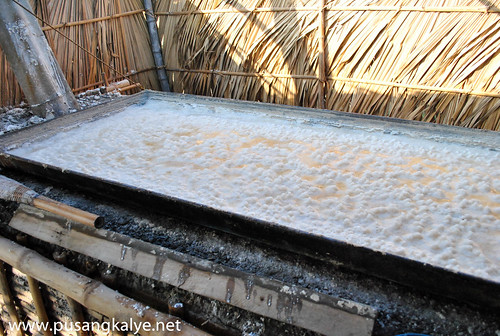

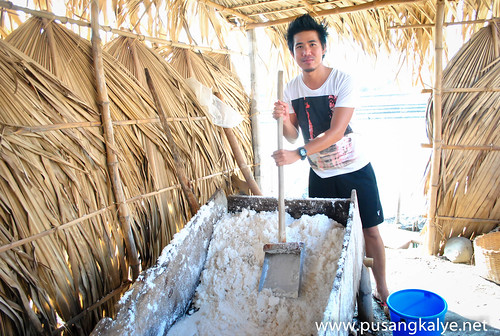
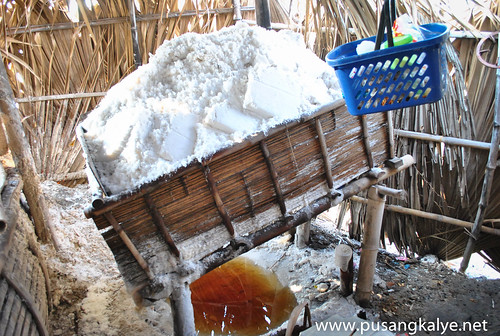
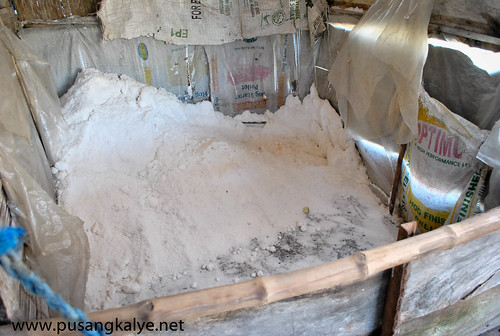
How nice, salt fields
ReplyDelete:))
Kelan mo ba ako dadalhin dyan? Madaya!
ReplyDeleteAkala ko straight from the sea yon kinukuha! Sa pond lang pala! Hahahaha.
ReplyDeletealam mu ba cnu may-ari nito at basta u nlng knuhanan?
ReplyDeleteat kausap ko mismo yung may ari---why?ur problem is?
ReplyDeleteawesome pictures kuya anton. i suddenly missed my childhood days in that asinan. ngaun kolng na-discover tong blog spot mu kuya =)
ReplyDeleteGreetings! Very helpful advice within this post!
ReplyDeleteIt's the little changes that produce the greatest changes.
Many thanks for sharing!
Look into my webpage kontol
Pretty! This was an extremely wonderful post.
ReplyDeleteThank you for providing these details.